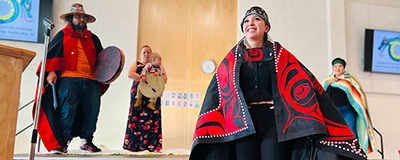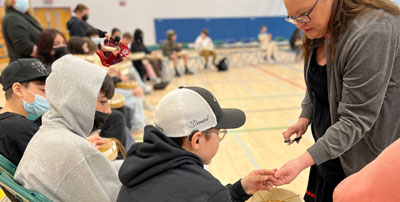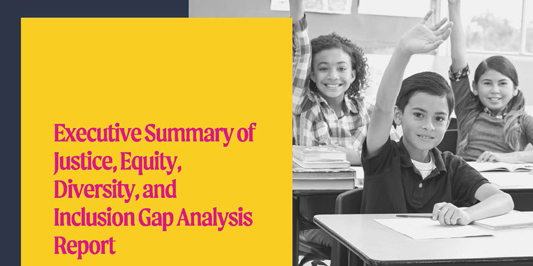| Terms are taken from the B.C. Ministry of Education Special Education Services: A Manual of Policies, Procedures and Guidelines |
Adaptations are teaching and assessment strategies especially designed to accommodate a student’s needs so he or she can achieve the learning outcomes of the subject or course and to demonstrate mastery of concepts. Essentially, adaptations are “best practice” in teaching. A student working on learning outcomes of any grade or course level may be supported through use of adaptations. Adaptations do not represent unfair advantages to students. In fact, the opposite could be true. If appropriate adaptations are not used, students could be unfairly penalized for having learning differences, creating serious negative impacts to their achievement and self-concept.
Assessment is a systematic process of gathering information in order to make appropriate educational decisions for a student. It is a collaborative and progressive process designed to identify the student’s strengths and needs, set goals, and results in the identification and implementation of selected educational strategies.
Inclusion describes the principle that all students are entitled to equitable access to learning, achievement and the pursuit of excellence in all aspects of their education. The practice of inclusion is not necessarily synonymous with integration and goes beyond placement to include meaningful participation and the promotion of interaction with others.
Individual Education Plan (IEP) is a documented plan developed for a student with special needs that describes individualized goals, adaptations, modifications, the services to be provided, and includes measures for tracking achievement.
Modifications are instructional and assessment-related decisions made to accommodate a student’s educational needs that consist of individualized learning goals and outcomes which are different than learning outcomes of a course or subject. Modifications should be considered for those students whose special needs are such that they are unable to access the curriculum (i.e., students with limited awareness of their surroundings, students with fragile mental/physical health, students medically and cognitively/multiply challenged.) Using the strategy of modifications for students not identified as special needs should be a rare practice.
School-based team is an on-going team of school-based personnel which has a formal role to play as a problem-solving unit in assisting classroom teachers to develop and implement instructional and/or management strategies and to co-ordinate support resources for students with special needs within the school.
Standardized tests are tests that have been “normed” on a population, which means that the test was presented to a large number of students of a particular age (demographic) and, from the results, the average number of correct answers for that demographic was determined. These tests are considered to have been “normed” because the students are being compared to what is normal for their age and grade, or “standardized” because students are being compared to a standard that has been developed based on the norms.
| Jennifer Katz: Resource Teachers A Changing Role in the Three-Block Model of Universal Design for Learning. |
Transition is the passage of a student from one environment to another at key points in his or her development from childhood to adulthood.
Transition planning is the preparation, implementation and evaluation required to enable students to make major transitions during their lives – from home or pre-school to school; from class to class; from school to school; from school district to school district; and from school to post-secondary, community or work situations.
Parent Guide to Inclusive Education, Navigation
This is the last page in our Parent and Caregiver Guide to Inclusive Education. Return to the overview page for more: https://newwestschools.ca/parent-guide-to-inclusive-education/



